
In 2017 I moved to Orvieto (at that time I was living in Genoa and communication between Italian cities is quite fast and efficient via train) to participate in LinuxDay.
As I have already said in the two previous articles that I have written on the subject, LinuxDay is a demonstration or initiative that is held in different Italian cities to encourage and promote the development of free software.
She had an extremely interesting program and she wanted to know the city of Orvieto.
The main topics covered were: How to consciously inform yourself on the Web, Generative models for molecular synthesis with PyTorch, LibreOffice Community and TDF membership, How to install and run Ubuntu Bash on Windows 10, MuseScore how to write music with open source, Civic education in schools (Law 92/2019), axis of digital citizenship, 3D Blender a successful failure and many other topics that I do not detail due to their extension.
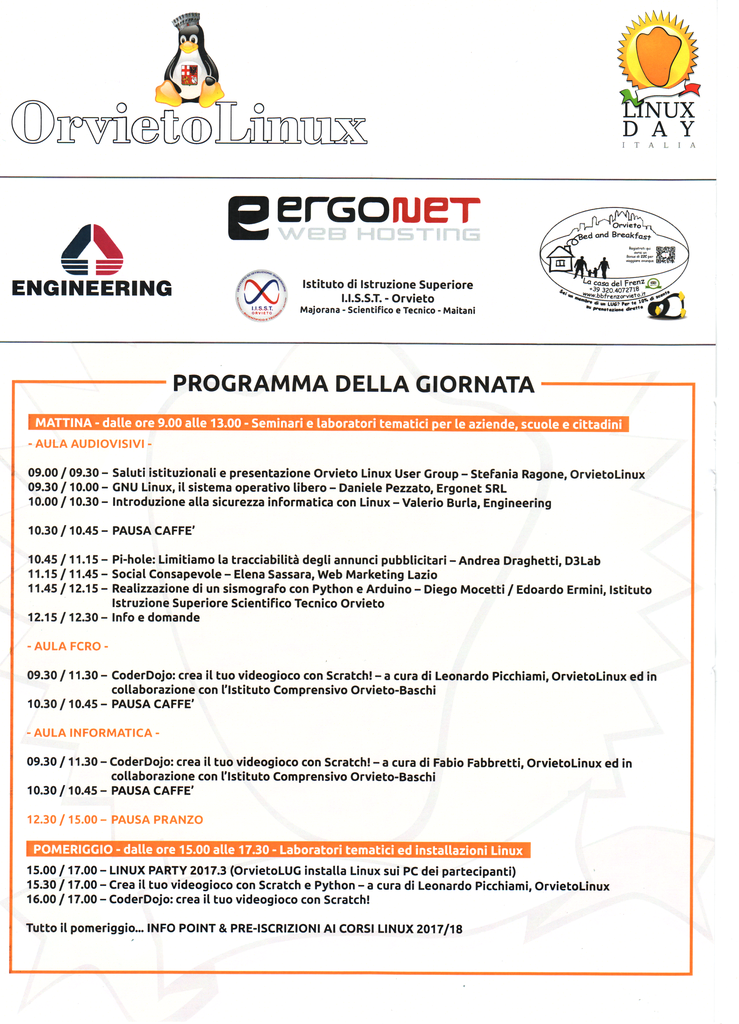
After having spent several hours listening to the speakers' presentations, I dedicated myself to visiting the city of Orvieto.
I went to the Tourist Information Office, picked up some brochures and with them in hand I set about touring -as much as possible walking- this beautiful old city of Italy located in the province of Terni, in the Umbria region.
The Italians themselves have defined it as "the high and strange city." It is easy to understand why, looking at the Umbrian city from below, standing on the cliff especially at night, it seems to be suspended in the sky while during the day it appears supported by the clouds.
A truly surreal and spectacular image.
We started the tour!
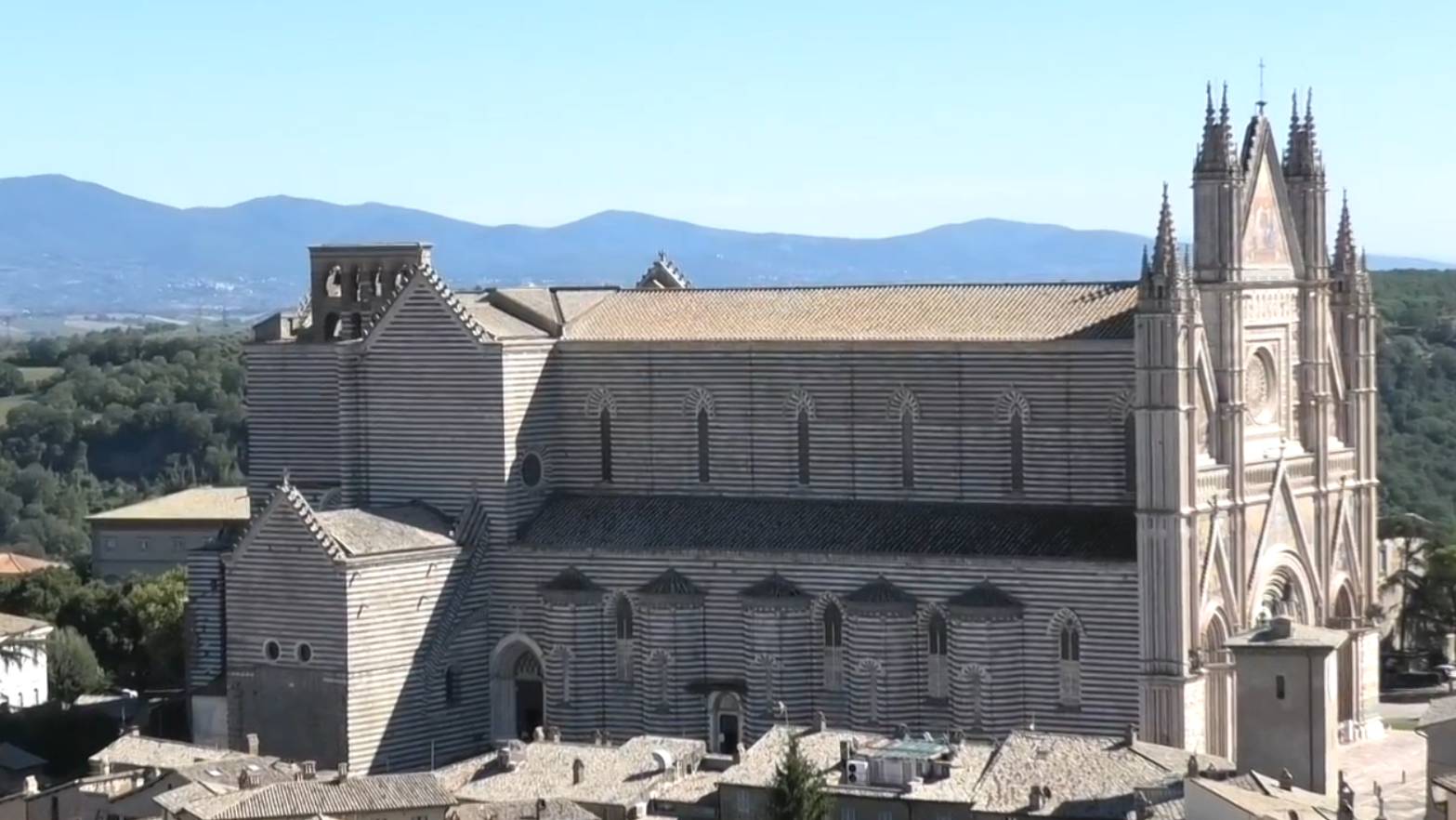
En el año 2017 me trasladé hasta Orvieto (en esa época vivía en Génova y las comunicaciones entre ciudades italianas es bastante rápida y eficaz a través del tren) para participar en el LinuxDay.
Como ya lo he dicho en los dos artículos anteriores que he escrito sobre el tema, el LinuxDay es una manfiestación o iniciativa que se celebra en distintas ciudades italianas para incentivar y promover el desarrollo del software libre.
Tenía un programa sumamente interesante y quería conocer la ciudad de Orvieto.
Los temas tratados fueron, entre los principales: Cómo informarse en la Web de forma consciente, Modelos generativos para síntesis molecular con PyTorch, Comunidad LibreOffice y membresía TDF, Cómo instalar y ejecutar Ubuntu Bash en Windows 10, MuseScore cómo escribir música con código abierto, Educación cívica en las escuelas (Ley 92/2019), eje de ciudadanía digital, 3D Blender un fracaso exitoso y muchos otros temas que no detallo por su extensión.

Después de haber pasado varias horas a escuchar las exposiciones de los relatores me dediqué a visitar la ciudad de Orvieto.
Fui a la Oficina de Información turística, recogí algunos folletos y con ellos en la mano me dediqué a recorrer -en lo posible caminando- esta hermosa y antigua ciudad de Italia ubicada en la provincia de Terni, en la región Umbria.
Los mismos italianos la han definido como “la ciudad alta y extraña”. Es fácil entender por qué, mirando la ciudad de Umbría desde abajo, de pie sobre el acantilado sobre todo de noche, parece estar suspendida en el cielo mientras que durante el día aparece apoyada en las nubes.
Una imagen verdaderamente surrealista y espectacular.
Comenzamos el recorrido!
The Cathedral, a marvel of European Gothic architecture. / La Catedral, una maravilla de la arquitectura gótica europea.

The Cathedral of Orvieto is the main attraction of the city, famous throughout Italy.
Its construction began at the end of the 12th century (the documents specifically mark in 1290) by will of Pope Niccolò IV.
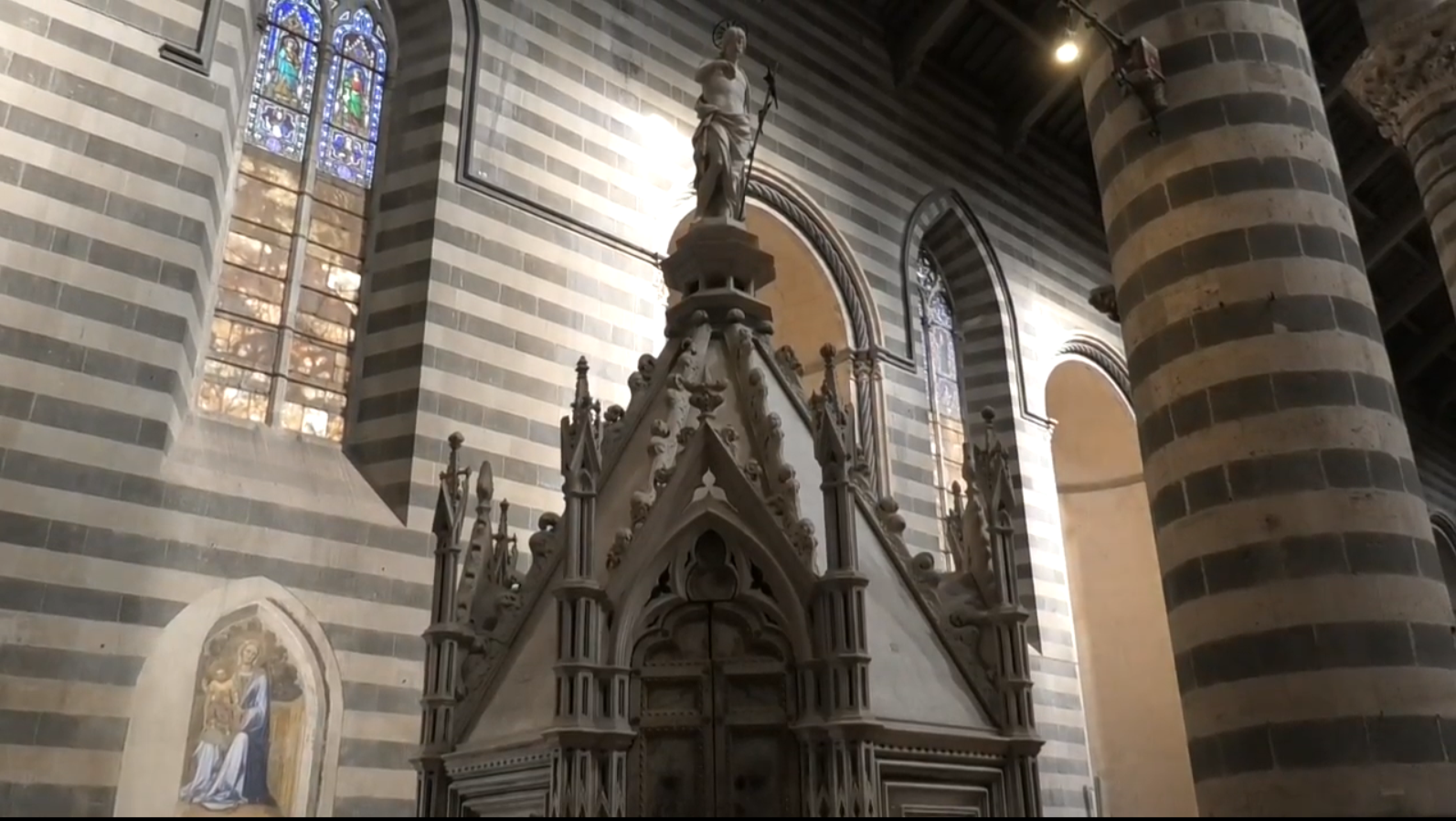
La Catedral de Orvieto es la principal atracción de la ciudad, famosa en toda Italia.
Su construcción se inició a fines del siglo XII (los documentos marcan específicamente en 1290) por voluntad del Papa Niccolò IV.
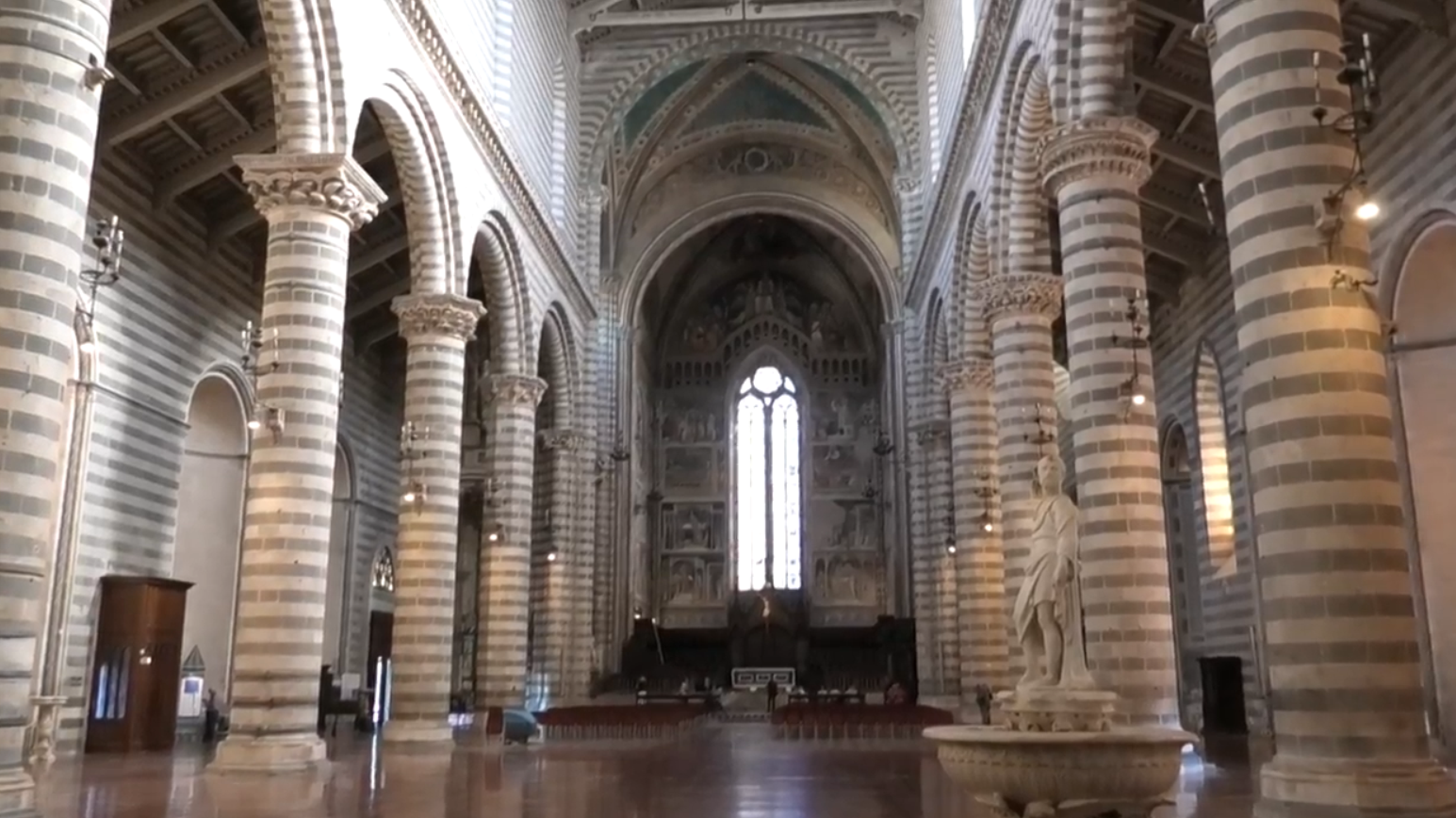
Orvieto is one of the oldest cities in Italy and owes its origins to the Etruscan civilization.
In fact, the first settlements of settlers date back to the 9th century BC. and they were located inside the tuff caves obtained in the massif on which the Umbrian city currently stands.
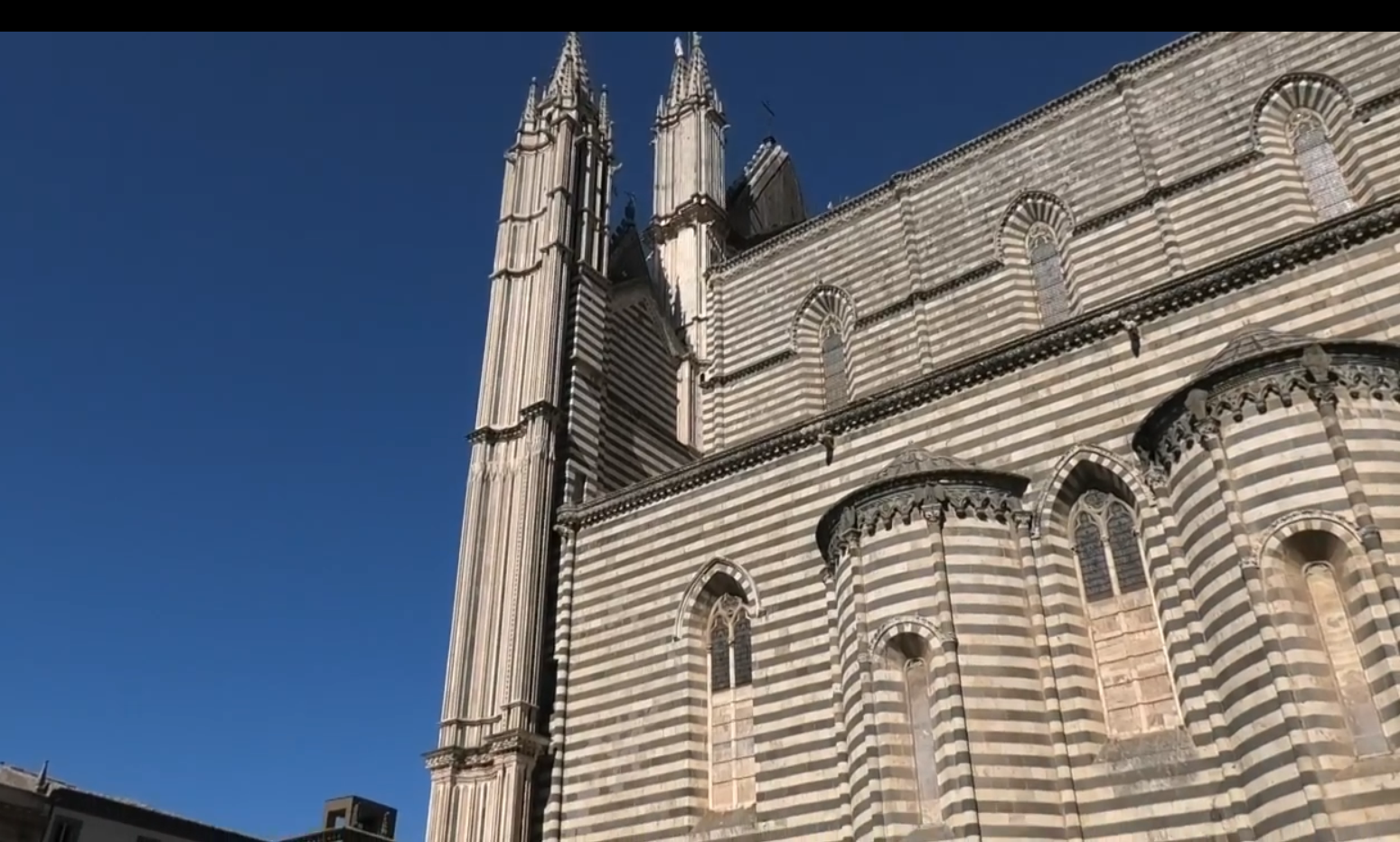
Orvieto es una de las ciudades más antiguas de Italia y debe sus orígenes a la civilización etrusca.
En efecto los primeros asentamientos de pobladores se remontan al siglo IX A.C. y se ubicaron en el interior de las cuevas de toba obtenidas en el macizo sobre el que se encuentra actualmente la ciudad de Umbría.
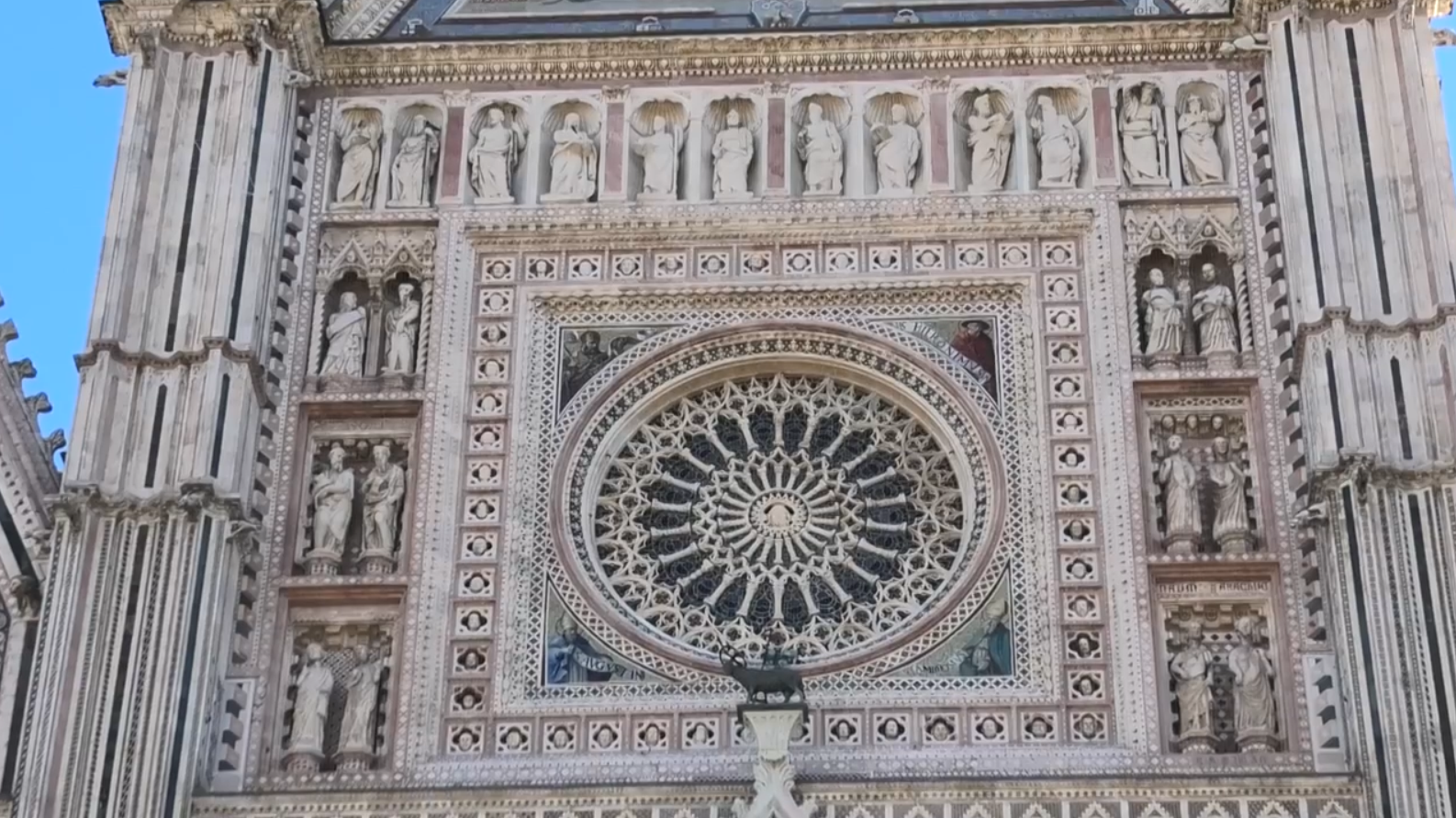
The facade and the rose window are definitely magnificent.
The interior of the Cathedral is decorated with important works, including the famous frescoes by Luca Signorelli and the Reliquary of the Cape.
The frescoes in the New Chapel (painted from 1499 to 1504 by Luca Signorelli, who represented heaven and hell, chosen and reprobate, scenes with prophets, angels and saints) will surely take your breath away because of their beauty and the brilliance of their colors.
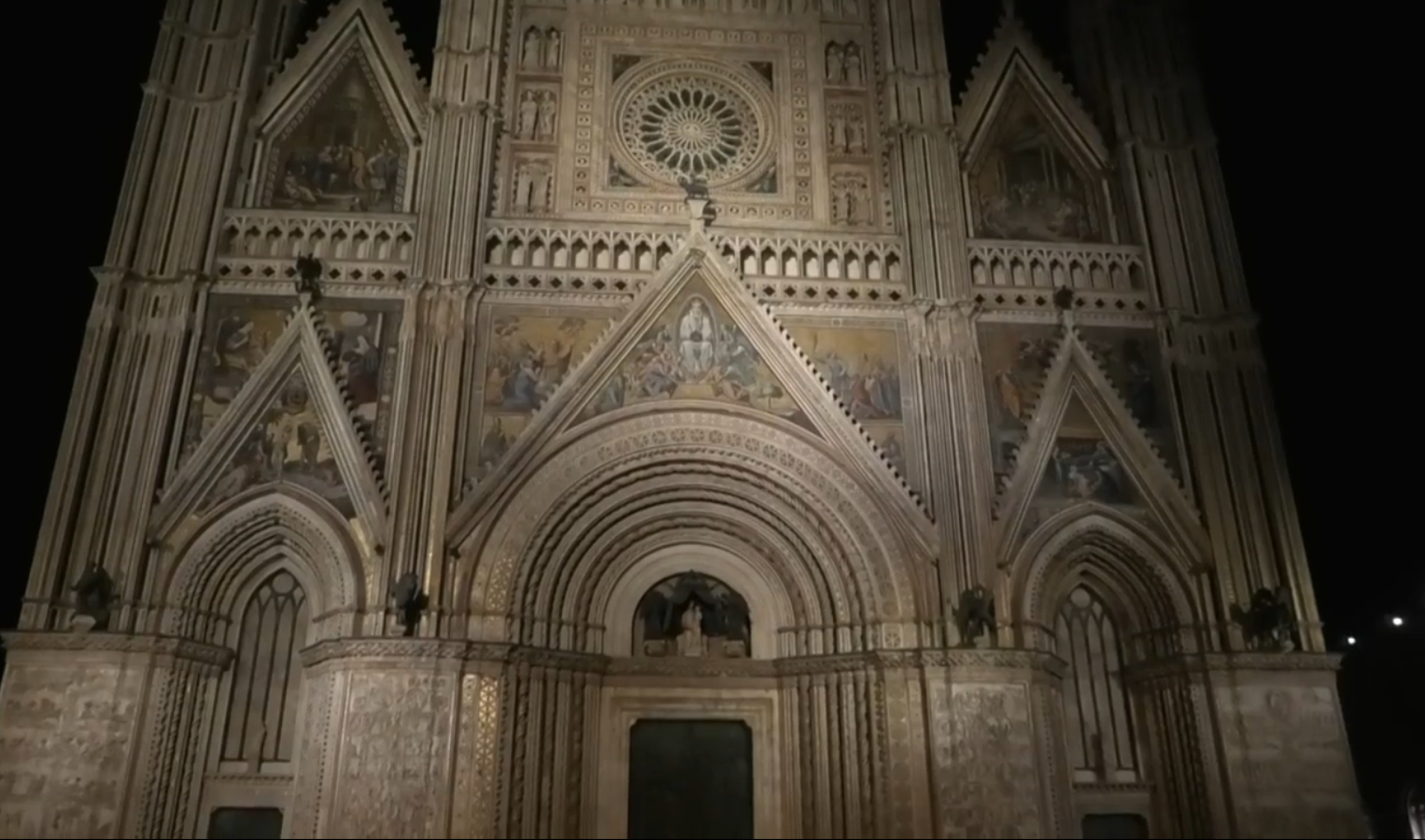
La fachada y el rosetón son definitivamente magníficos.
El interior de la Catedral está decorado con importantes obras, entre ellas los famosos frescos de Luca Signorelli y el Relicario del Cabo.
Los frescos de la Capilla Nueva (pintados de 1499 a 1504 por Luca Signorelli, que representó el cielo y el infierno, elegidos y réprobos, escenas con profetas, ángeles y santos) seguramente te dejarán sin aliento por su belleza y el brillo de sus colores.
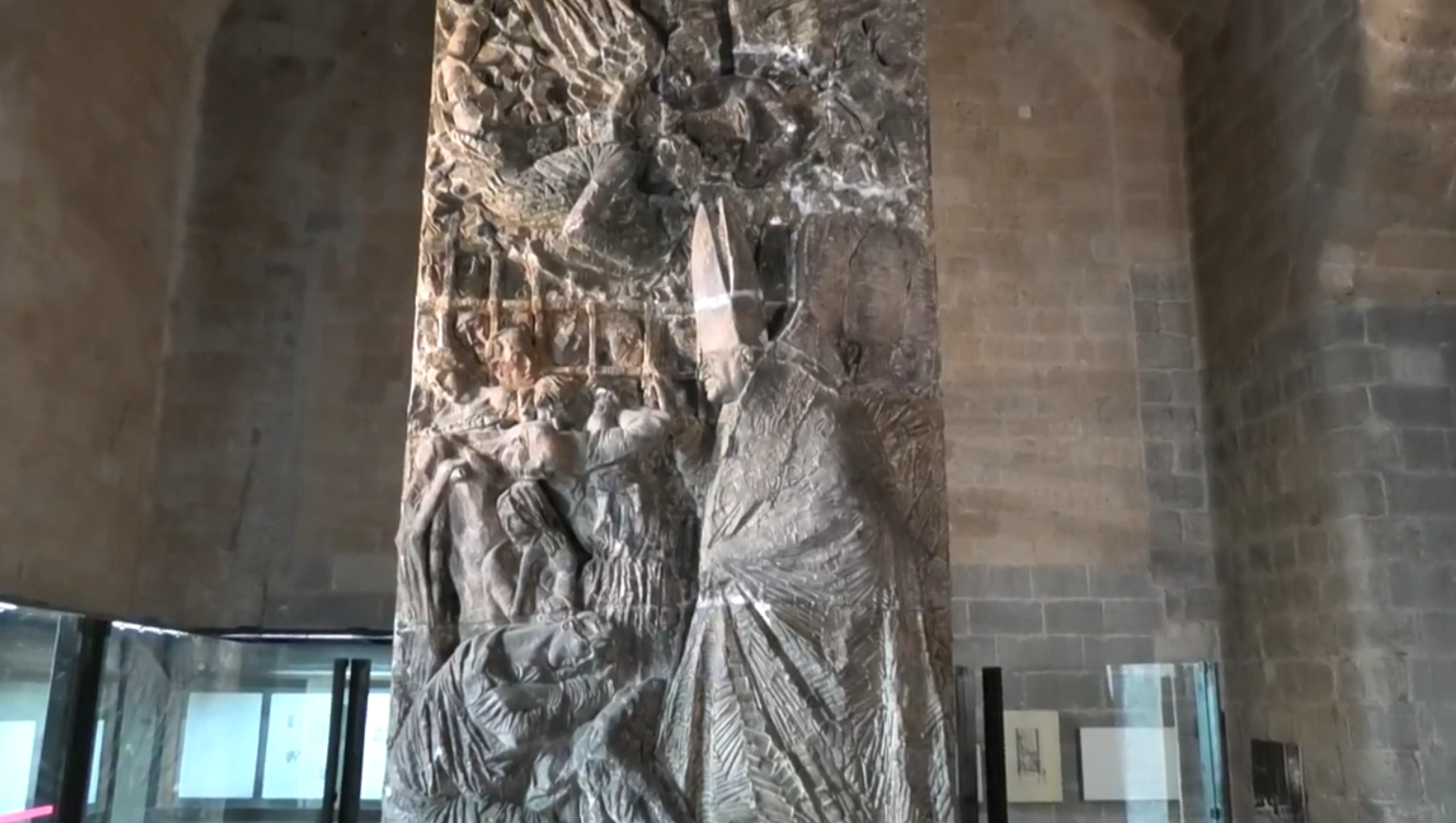
Finally, I would like to leave you with some details of the interior of the cathedral which left me to say that I was not very surprised.
The walls of the central nave and its pillars are characterised by alternating bands of basalt and travertine with a Sienese matrix, which are repeated in the external side decoration.
The outer walls of the naves were originally left white, then covered with 16th century frescoes, and finally painted at the end of the 19th century with the current white and dark green bands that reproduce the motifs of the nave.
On the other hand, the side chapels that open beyond the outer walls of the naves also date from the same period, as does the roof that covers the three naves.
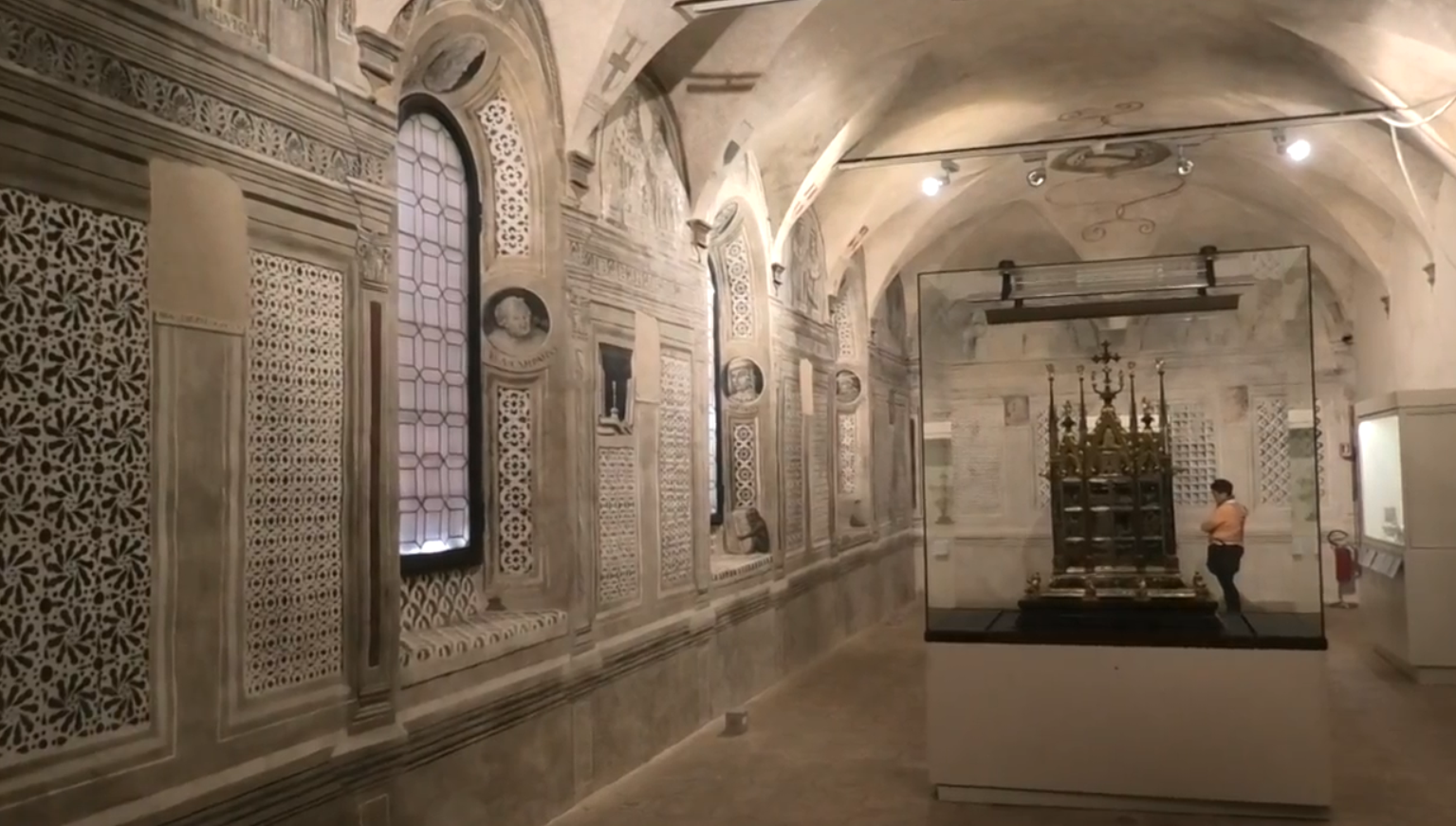
Para terminar les quiero dejar unos detalles del interior de la catedral que me dejaron a decir poco estupefacto.
Las paredes de la nave central y sus pilares se caracterizan por la alternancia de bandas de basalto y travertino de matriz sienesa, que se repiten en la decoración lateral externa.
Las paredes exteriores de las naves fueron originalmente dejadas en blanco, luego cubiertas con frescos del siglo XVI, y finalmente pintadas a finales del siglo XIX con las actuales bandas blancas y verdes oscuras que reproducen los motivos de la nave.
Por otro lado las capillas laterales que se abren más allá de los muros exteriores de las naves también datan del mismo período, al igual que el techo que cubre las tres naves.
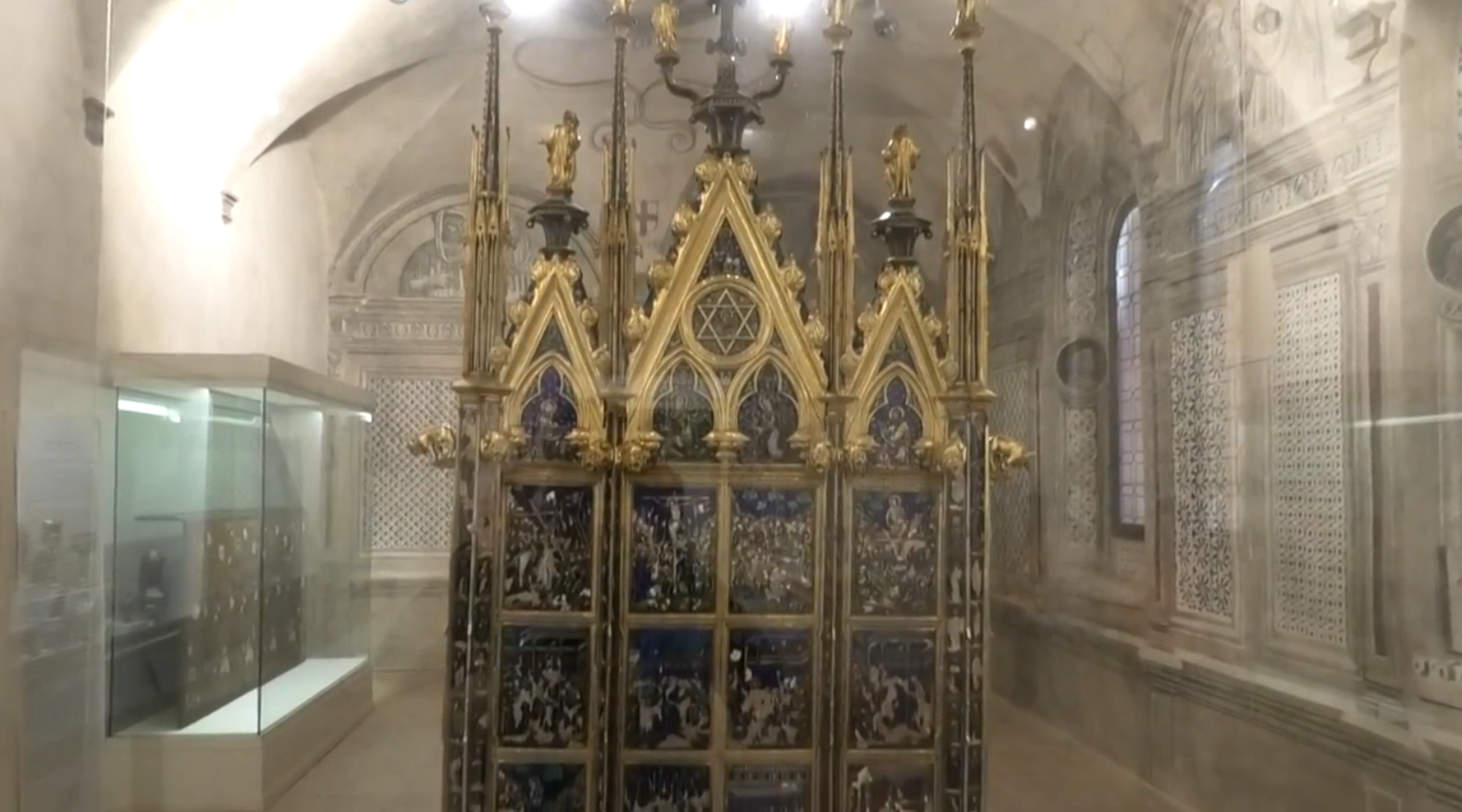
The Well of San Patrizio, a masterpiece of hydraulic engineering. / El Pozo de San Patrizio, una obra maestra de la ingeniería hidráulica.
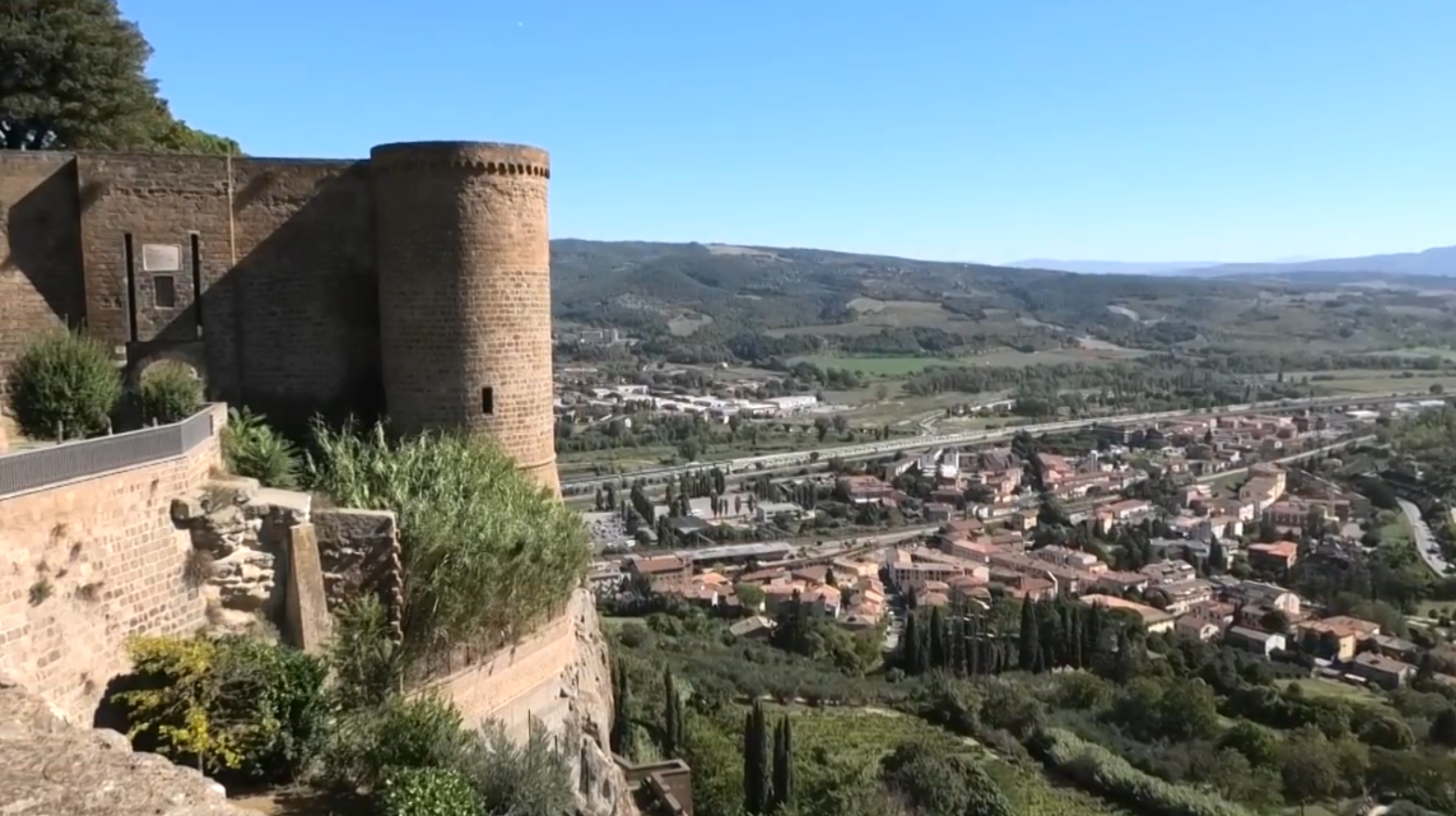
A unique feature of Orvieto is the number of wells and caves excavated by its own inhabitants, some of which are real civil engineering works.
The most famous is probably the Pozzo di San Patrizio (Well of Saint Patrick), which is located inside the Albornoz Fortress.
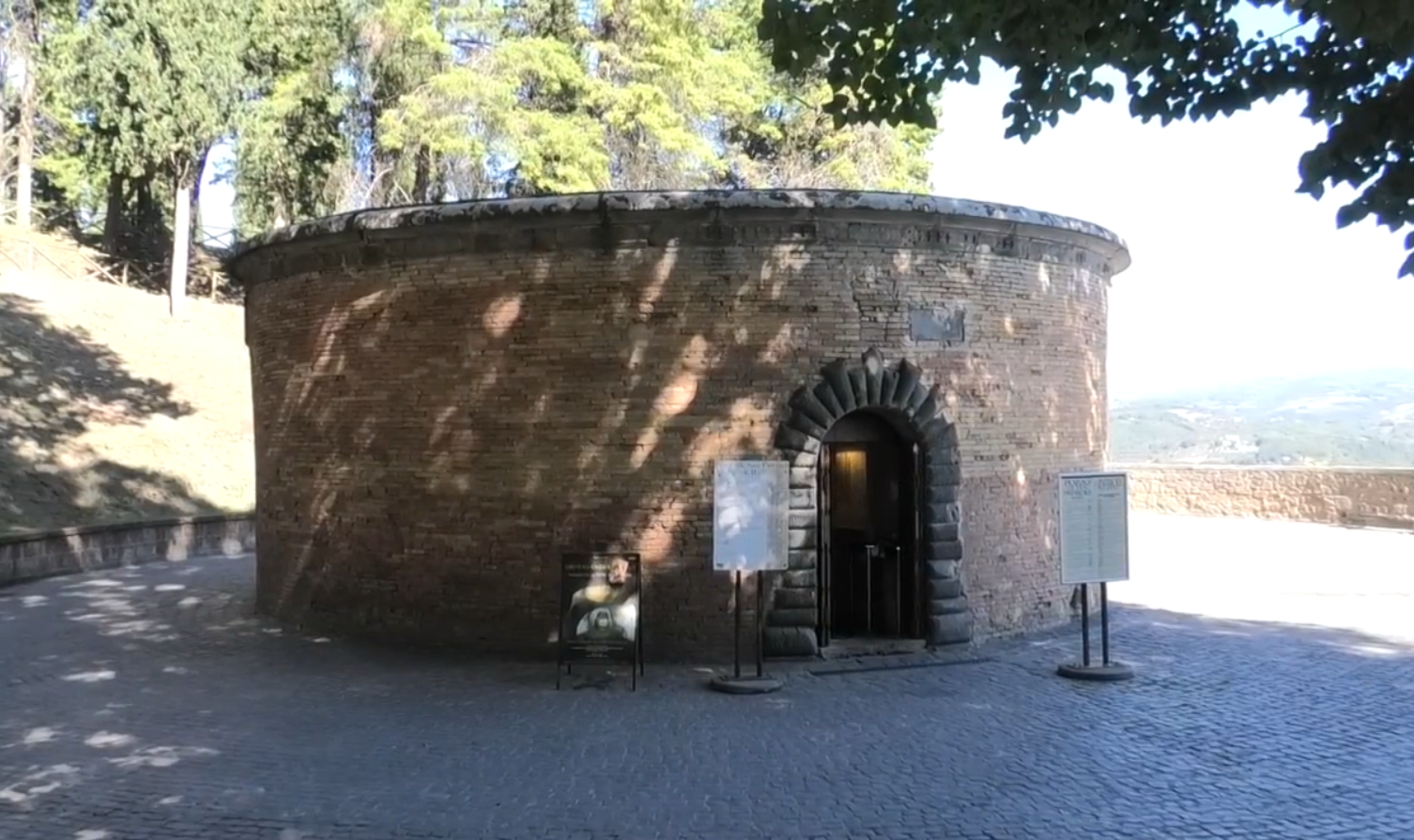
It was excavated at the end of the 16th century at the behest of Clement VII, who took refuge in Orvieto during the sack of Rome in 1527.
Its construction, sought for reasons of survival in the event of siege or natural disasters.
Its dimensions are impressive: 62 metres deep, it has a diameter of 13.5 metres. Around it there are two spiral staircases that never meet; the two stairs, each of which has 248 steps, receive the light from 72 windows creating a surreal atmosphere.
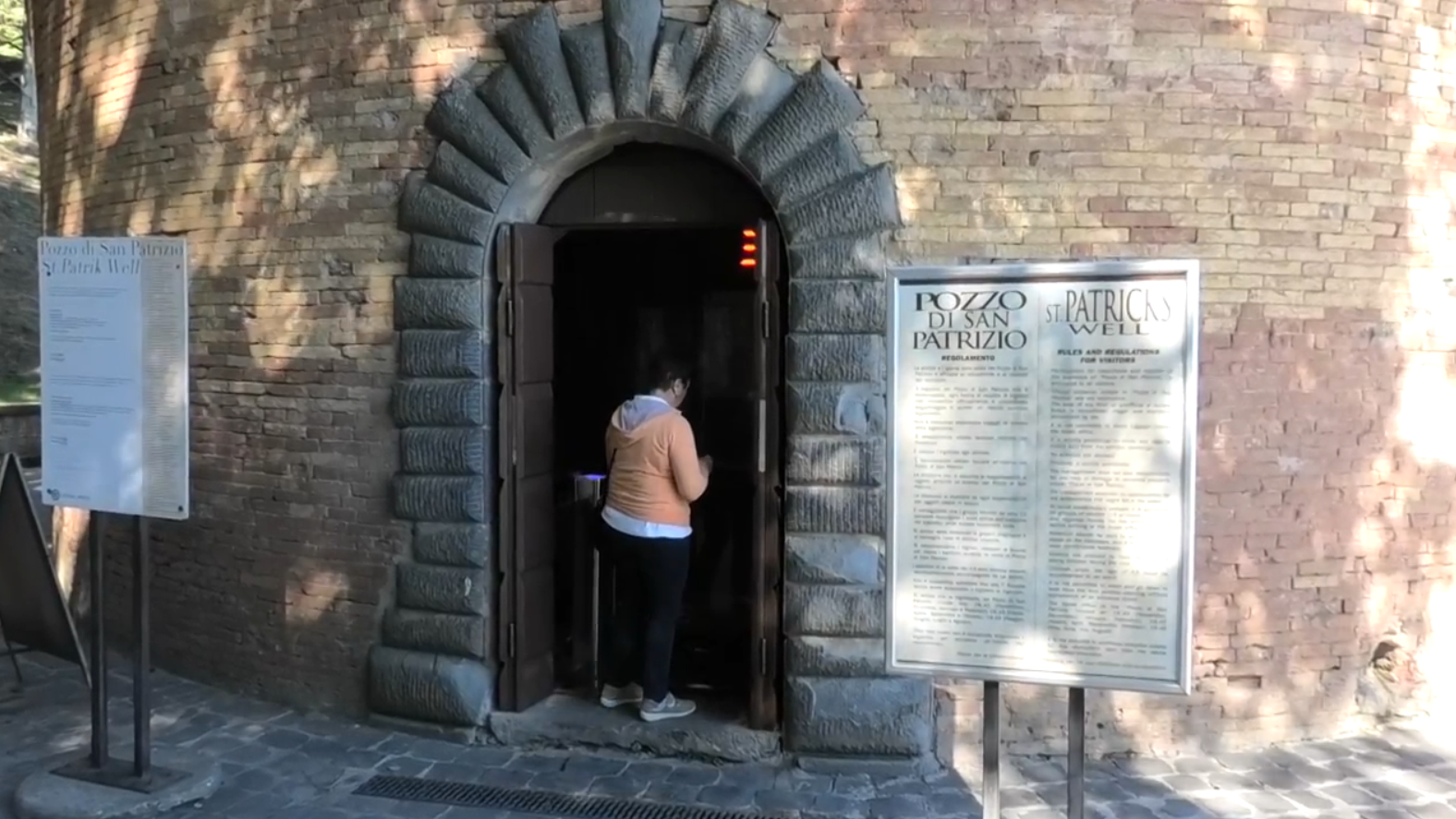
Perhaps because of the aura of sacredness and magic that accompanies the deep cavities, or because of pure imitation of film models, modern tourists throw coins into them in the hope of returning, in the best style of the Trevi Fountain in Rome.
The origin of its name has not yet been definitively clarified. The well probably took the name of St. Patrick because it was used as a place of atonement for sins in the same way as a cave, existing in Ireland called "St. Patrick's Purgatory".
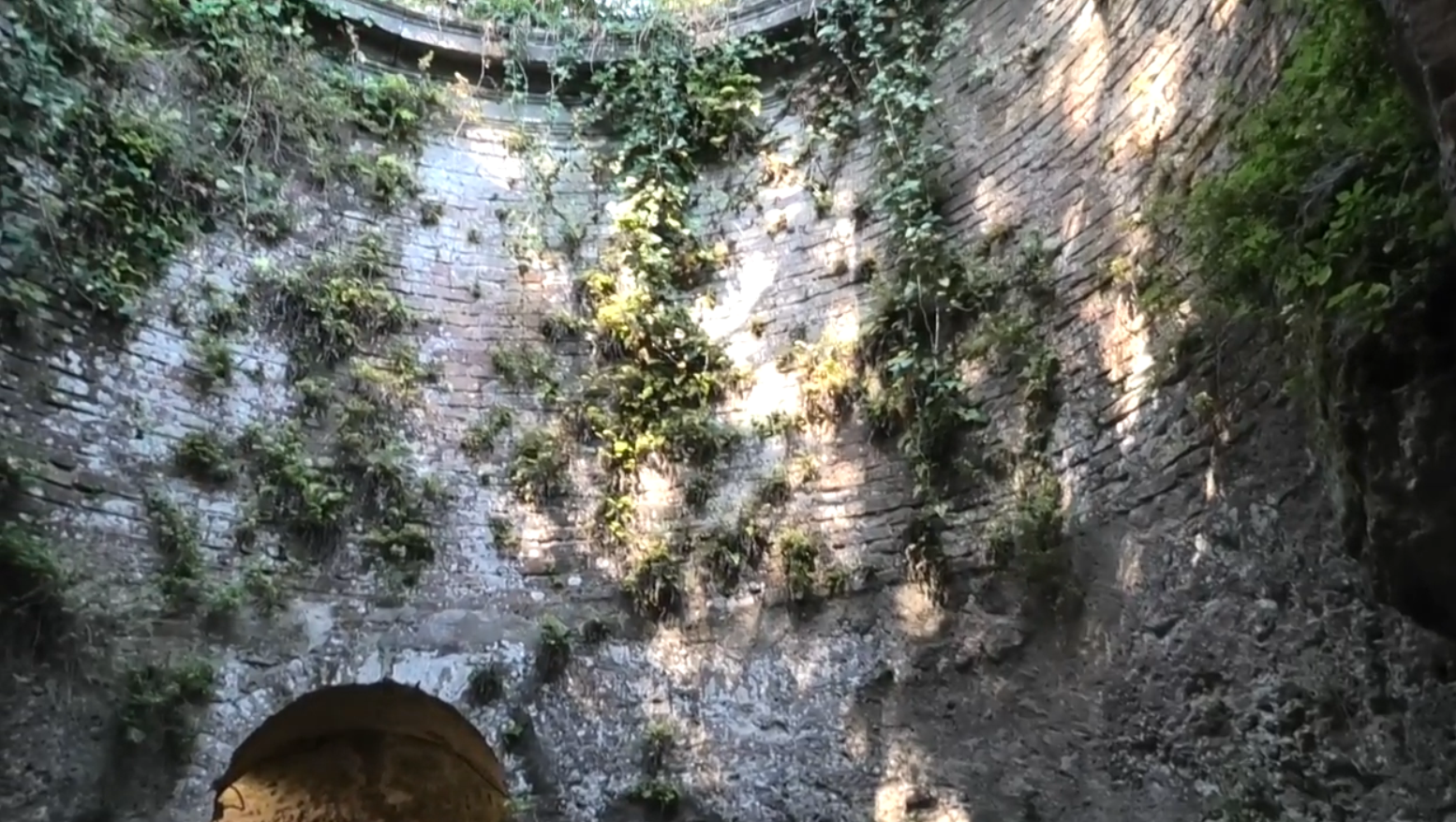
Una característica única de Orvieto es la cantidad de pozos y cuevas excavadas por sus propios habitantes algunos, verdaderas obras de ingeniería civil otros.
El más famoso es probablemente el Pozzo di San Patrizio (Pozo de San Patricio), que se encuentra dentro de la Fortaleza de Albornoz.
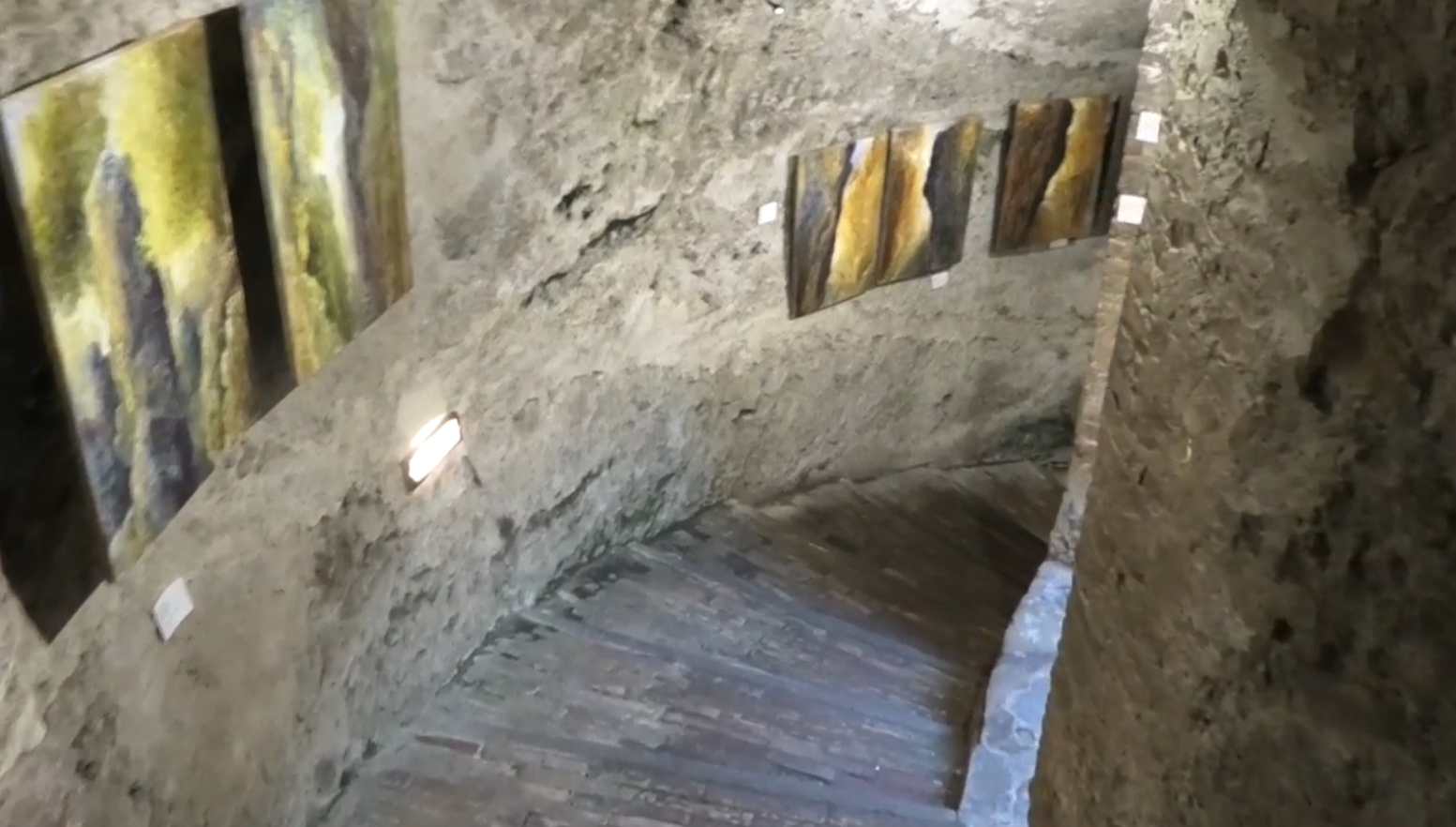
Fue excavado a fines del siglo XVI a instancias de Clemente VII, quien se refugió en Orvieto durante el saqueo de Roma en 1527.
Su construcción, buscada por razones de supervivencia en caso de asedio o desastres naturales.
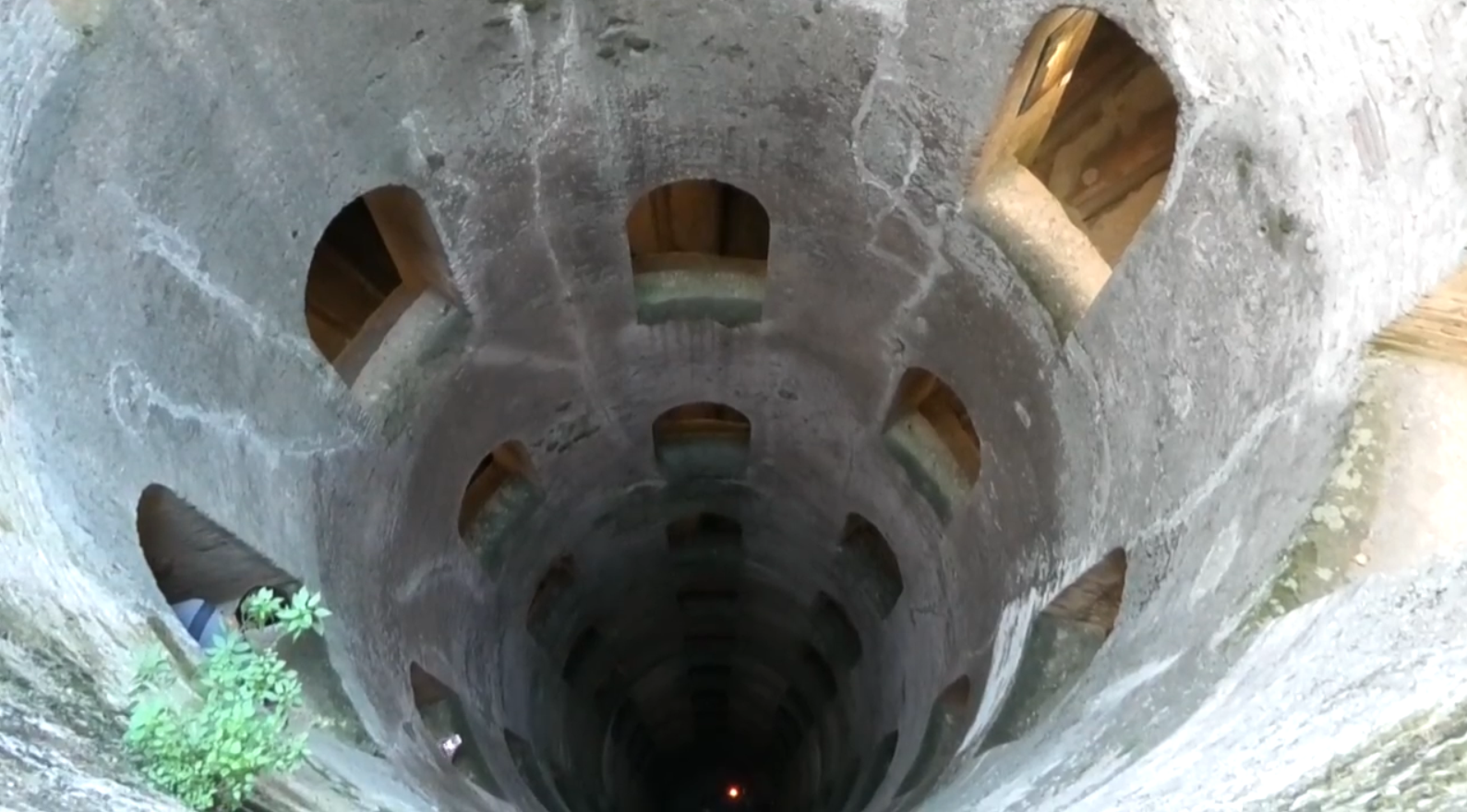
Sus dimensiones son impresionantes: 62 metros de profundidad, tiene un diámetro de 13,5 metros.
Alrededor hay dos escaleras de caracol que nunca se encuentran; las dos escaleras, cada una de las cuales consta de 248 escalones, reciben la luz de 72 ventanas creando una atmósfera surrealista.
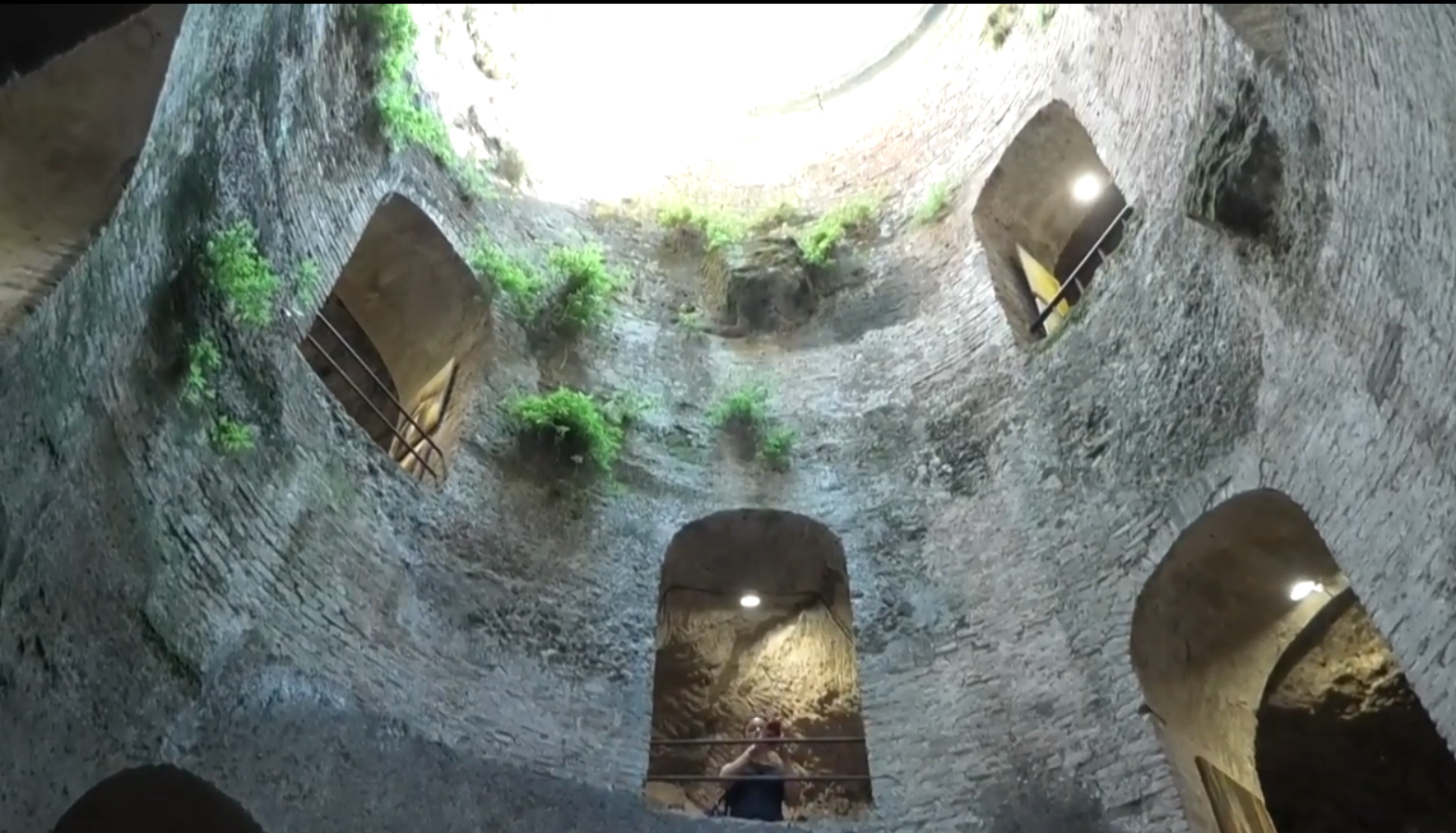
Tal vez por el aura de lo sagrado y lo mágico que acompaña a las cavidades profundas, o por pura imitación de modelos de películas, los turistas modernos arrojan monedas en ellas con la esperanza de volver, al mejor estilo de la Fontana de Trevi en Roma.
Probablemente el pozo tomó el nombre de San Patricio porque fue usado como lugar de expiación de los pecados de la misma manera que una cueva, existiente en Irlanda llamada "Purgatorio de San Patricio".
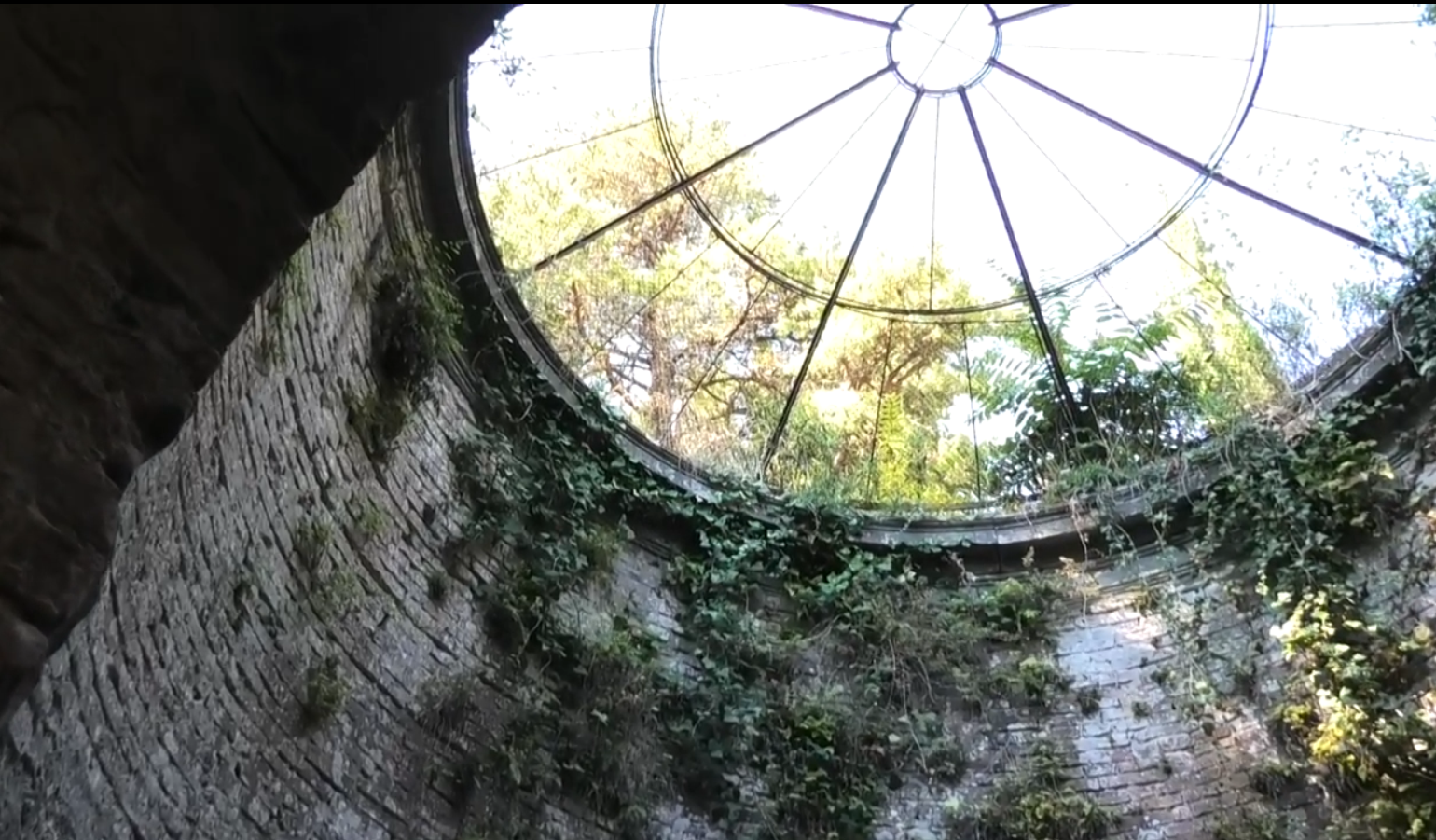

Congratulations, your post has been upvoted by @dsc-r2cornell, which is the curating account for @R2cornell's Discord Community.
Thank you for your continued support of my content @jasonmunapasee!
Congratulations @losapuntesdetux! You have completed the following achievement on the Hive blockchain and have been rewarded with new badge(s) :
You can view your badges on your board and compare yourself to others in the Ranking
If you no longer want to receive notifications, reply to this comment with the word
STOPDo not miss the last post from @hivebuzz:
Thanks for the continued support of my content @hivebuzz.
A question for @arcange: why the banner of the profil that now also presents data related to the blacklist shows a wrong RC many times. That is, if mine is 59 sometimes the number 25, 40 etc. appears
Hello @losapuntesdetux,
Blacklist is a pretty new feature and there might still be a few bugs in the front-end.
Ths should be fixed soon.
Congratulations, your post has been added to Pinmapple! 🎉🥳🍍
Did you know you have your own profile map?
And every post has their own map too!
Want to have your post on the map too?
Thank you for curing and supporting my contents @pinmapple.
Hiya, @LivingUKTaiwan here, just swinging by to let you know that this post made it into our Honorable Mentions in Daily Travel Digest #1056.
Your post has been manually curated by the @pinmapple team. If you like what we're doing, please drop by to check out all the rest of today's great posts and consider supporting other authors like yourself and us so we can keep the project going!
Become part of our travel community:
Thanks for the mention @LivingUKTaiwan!